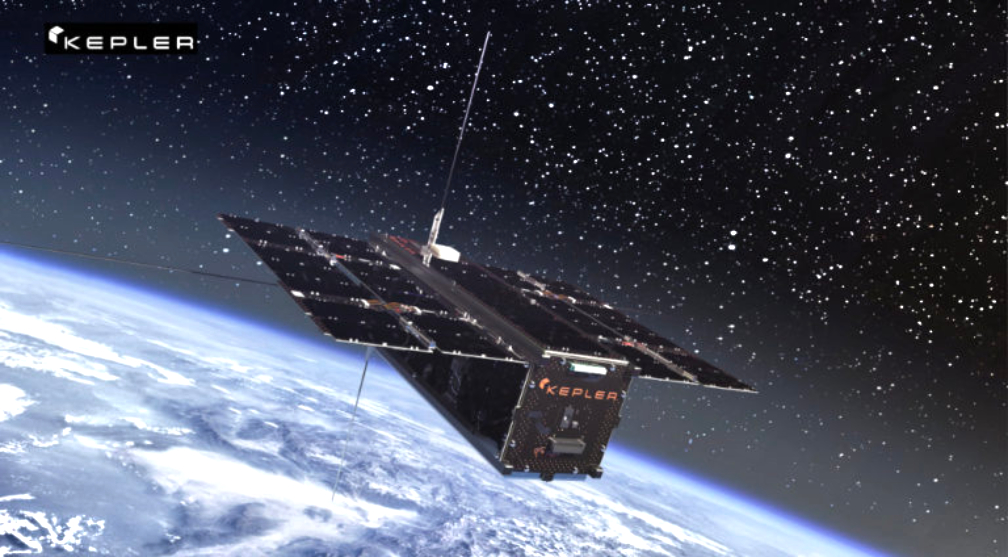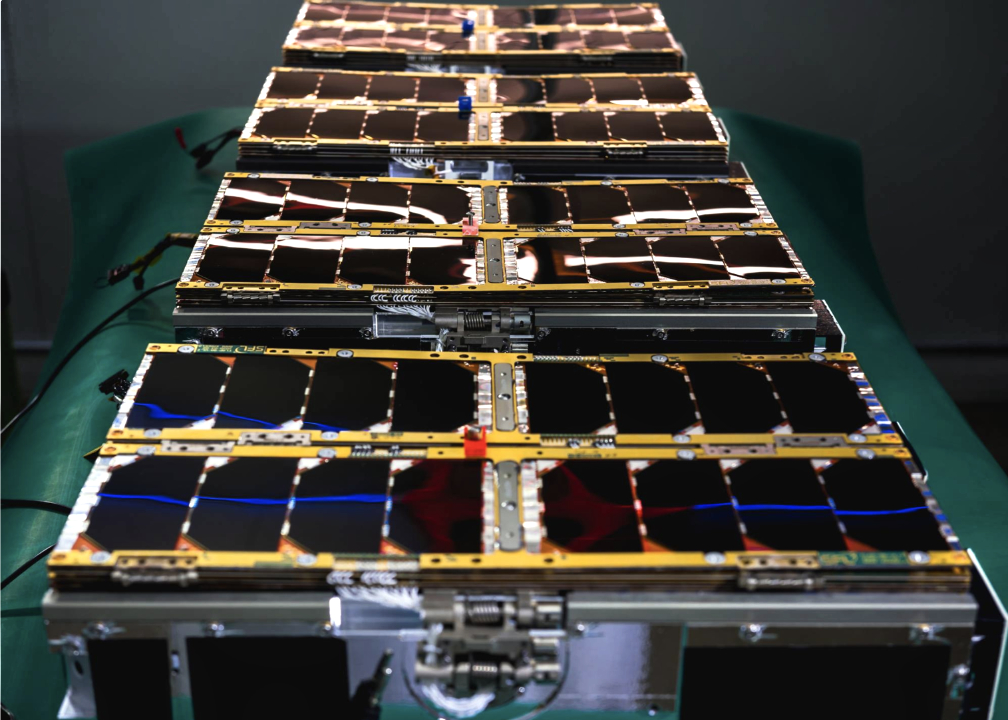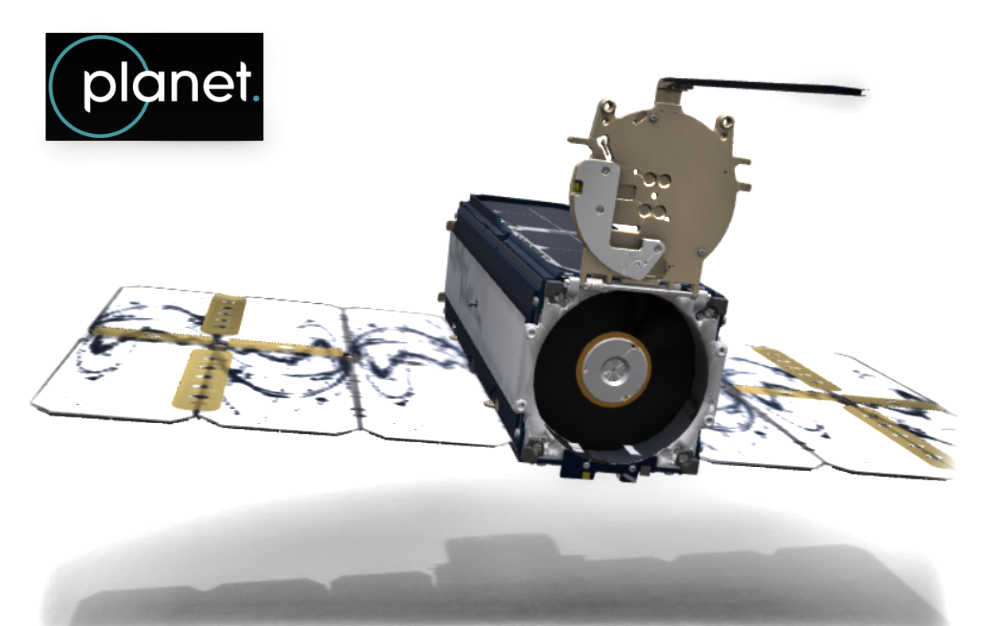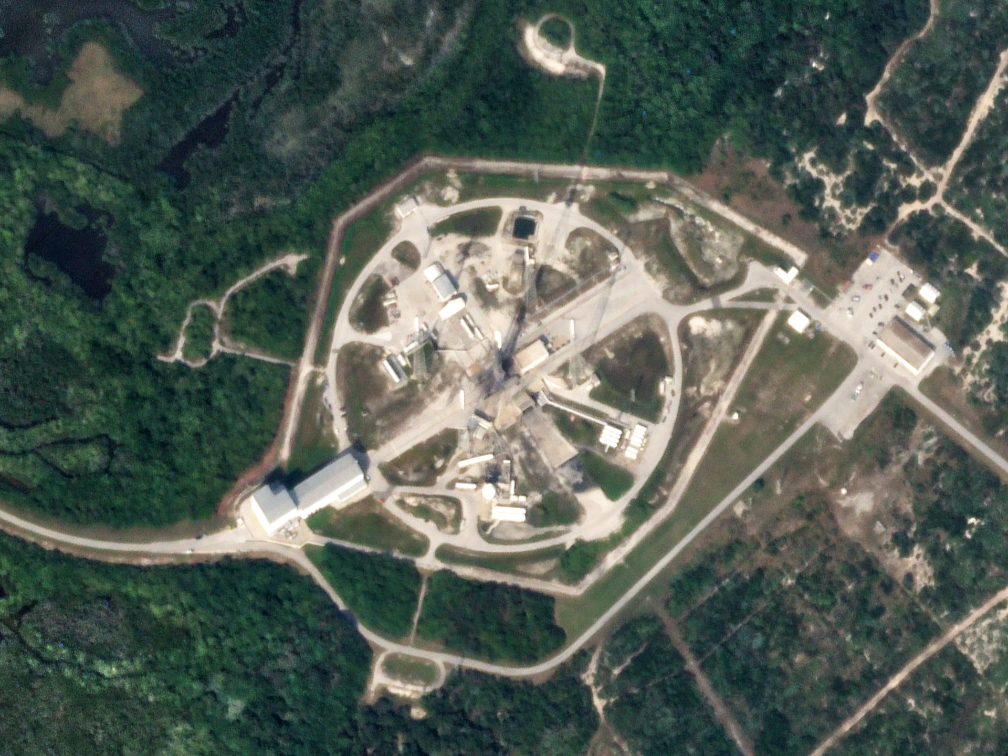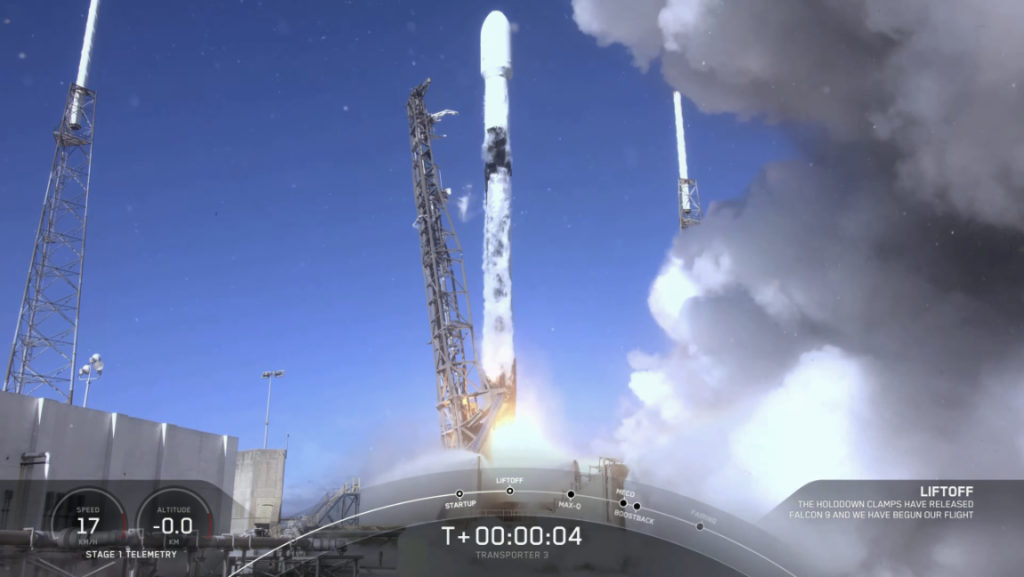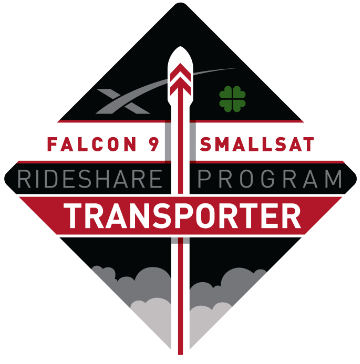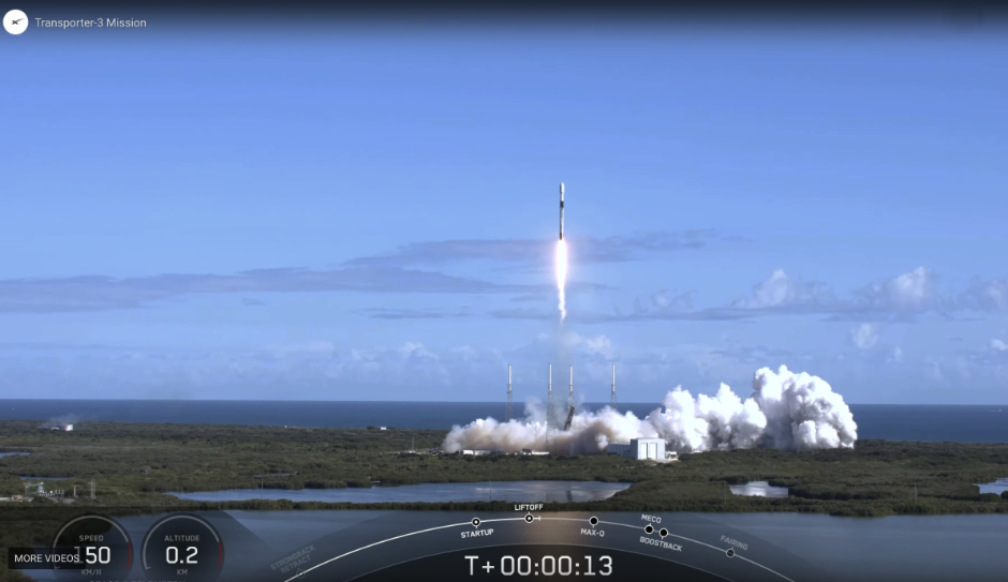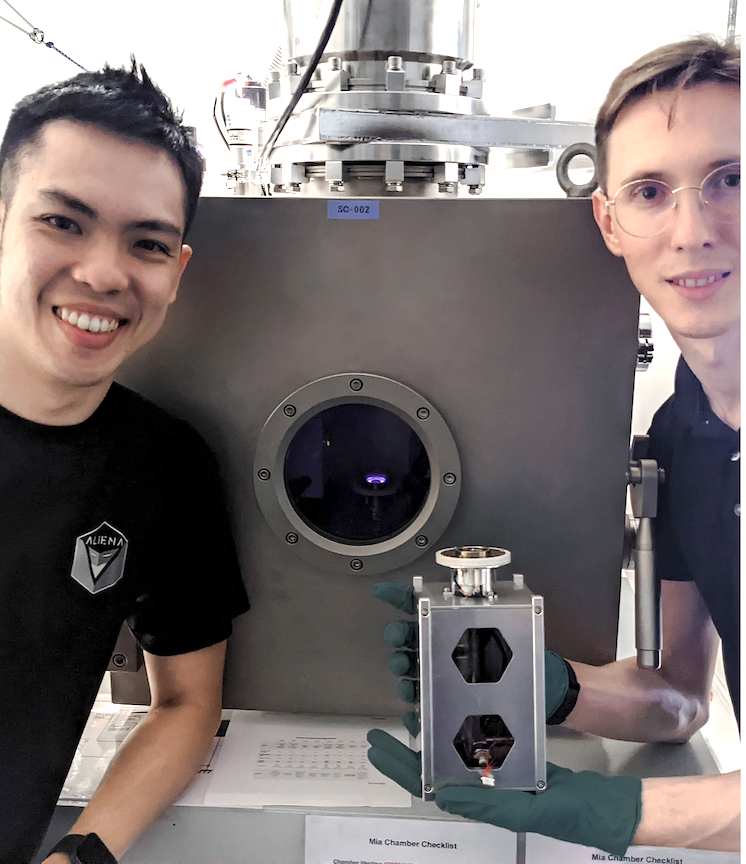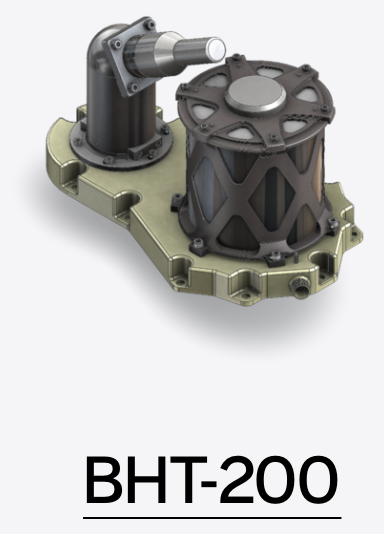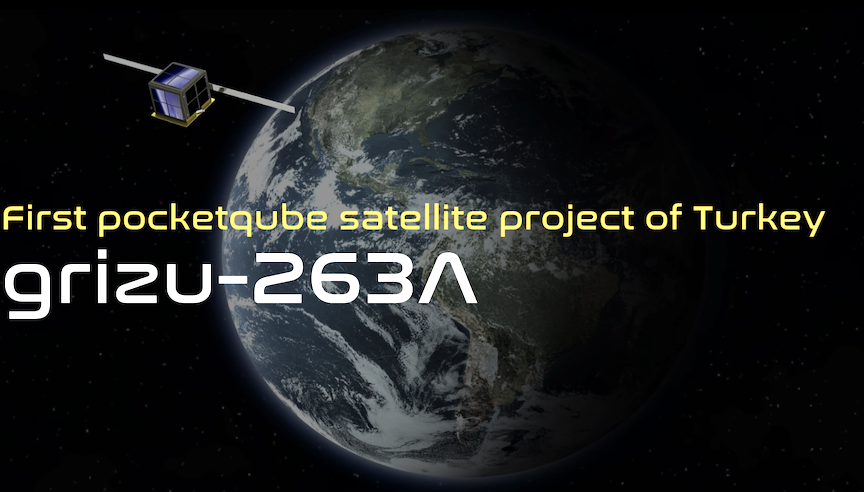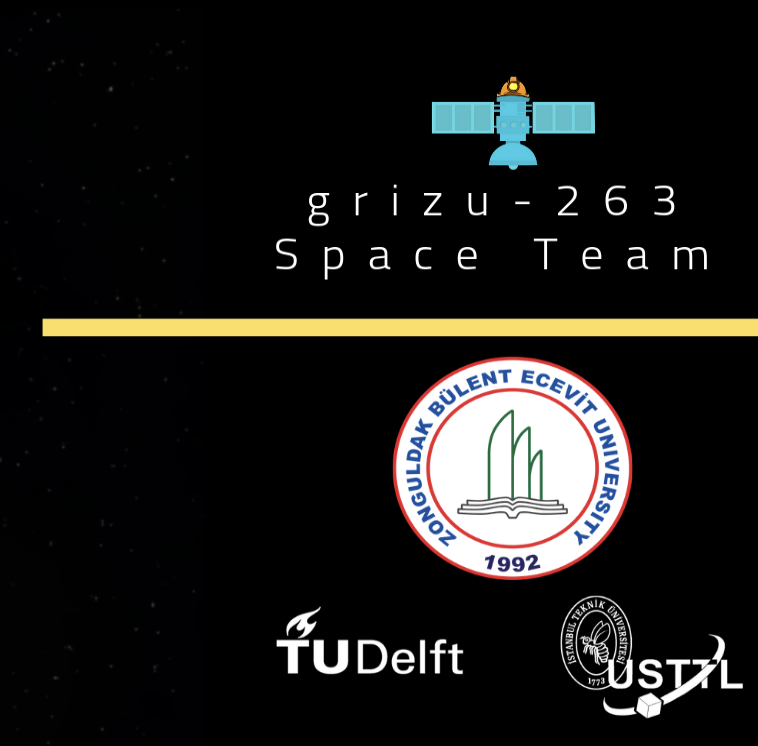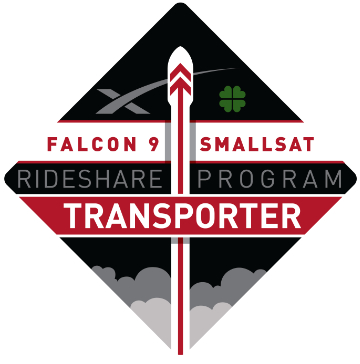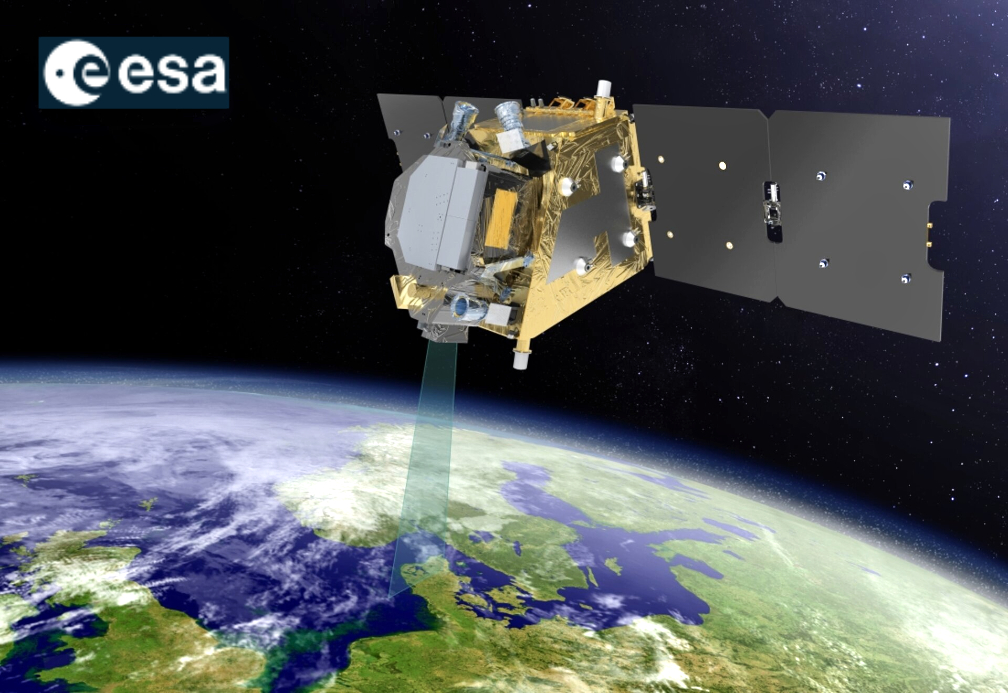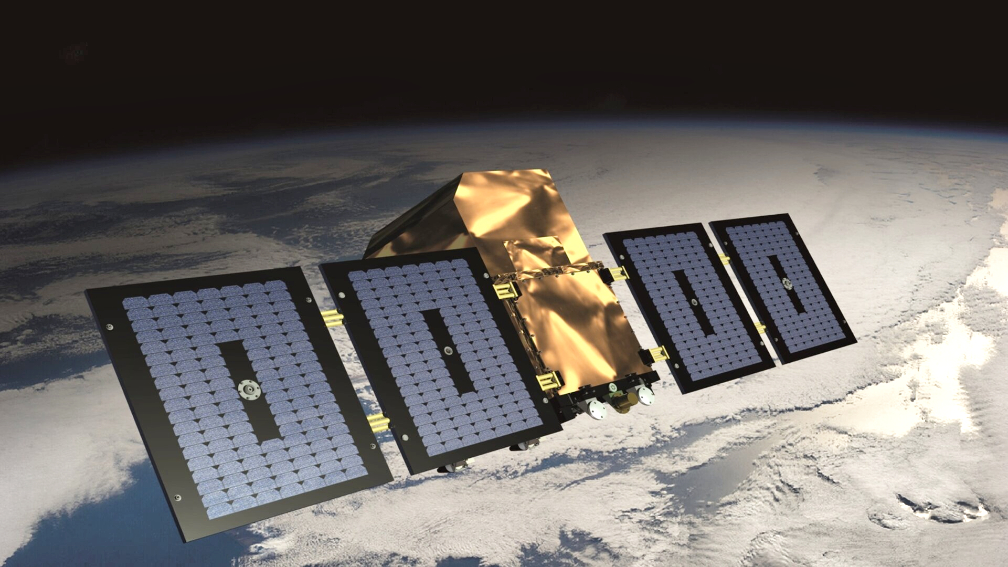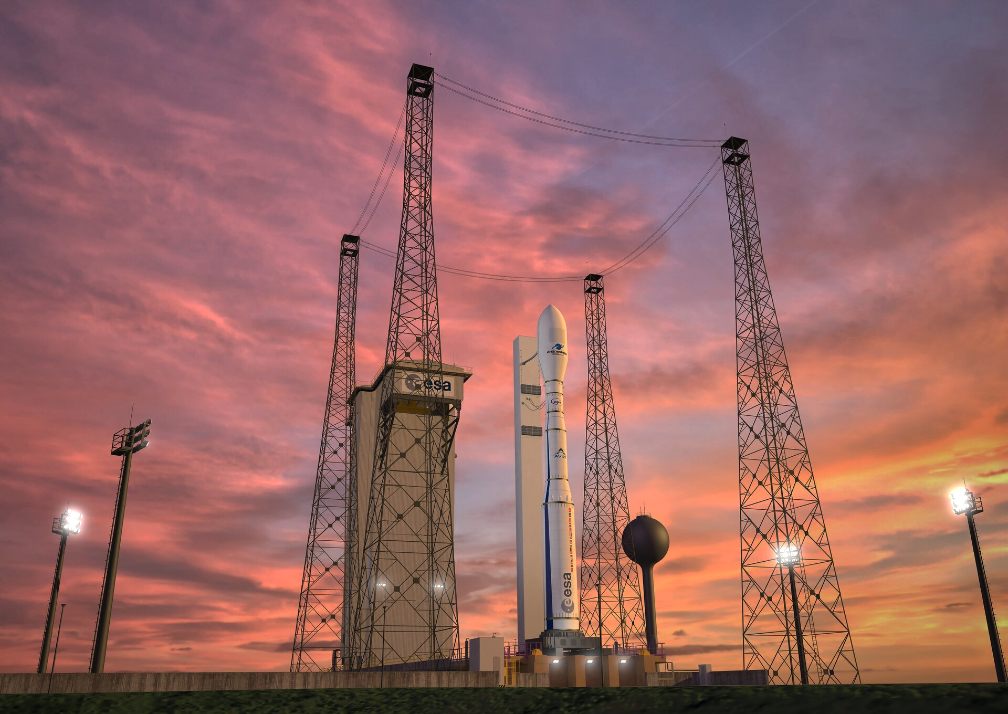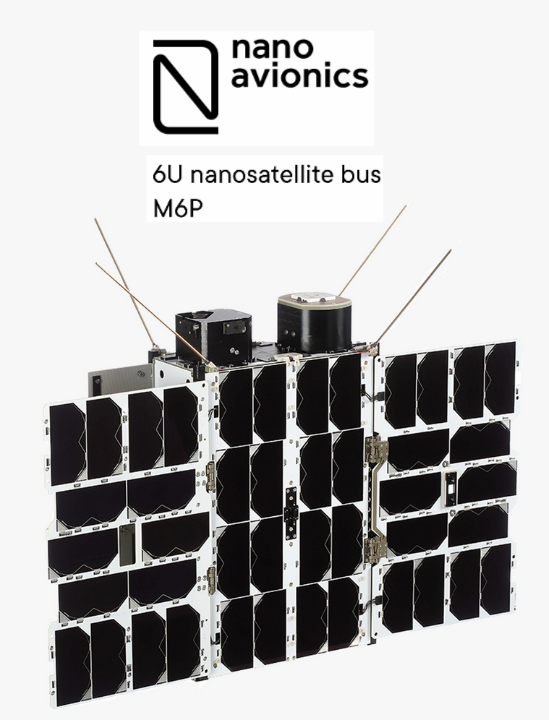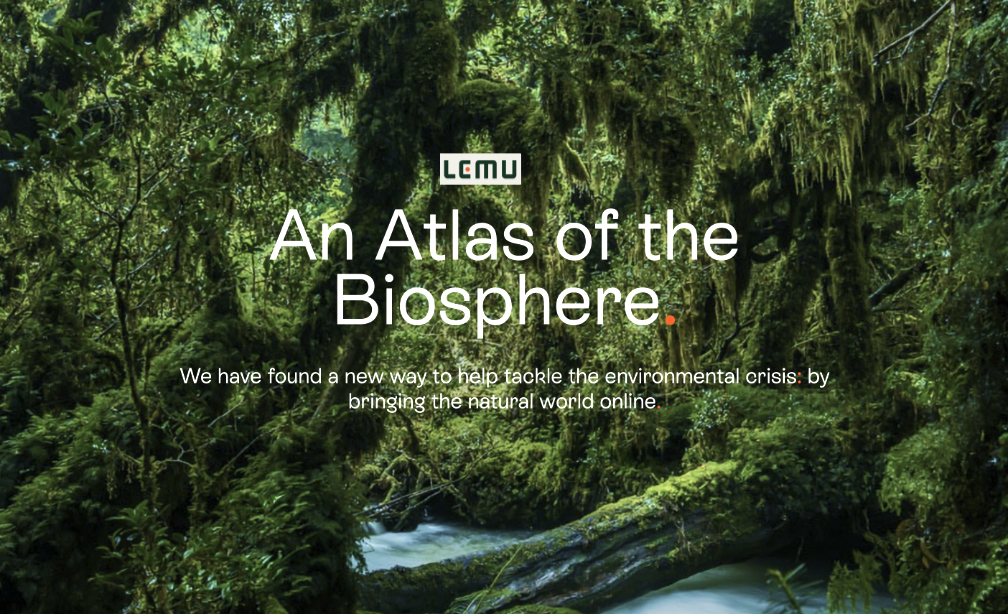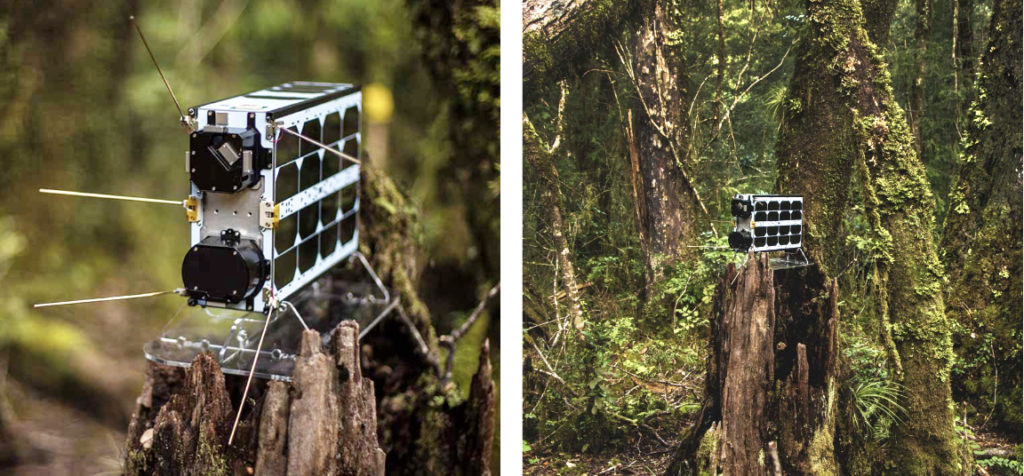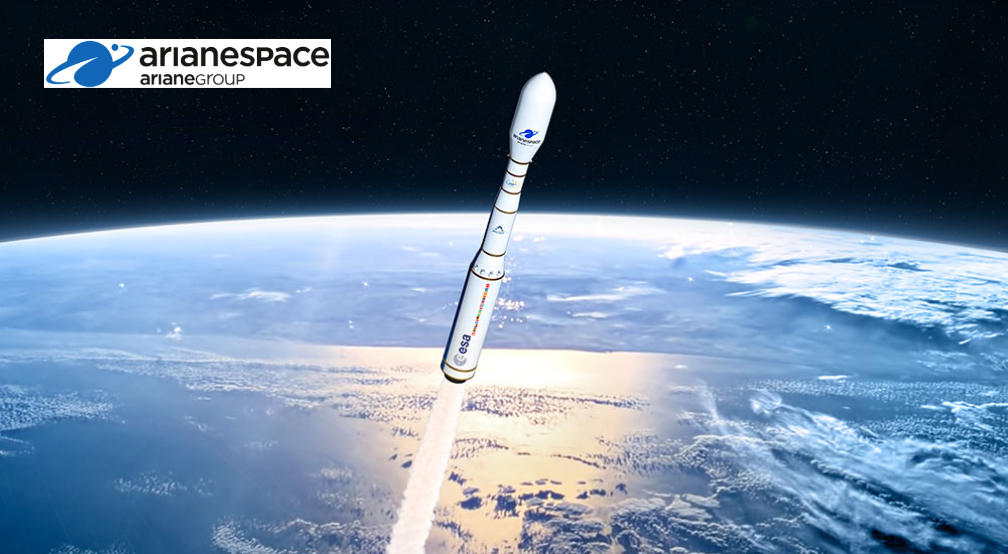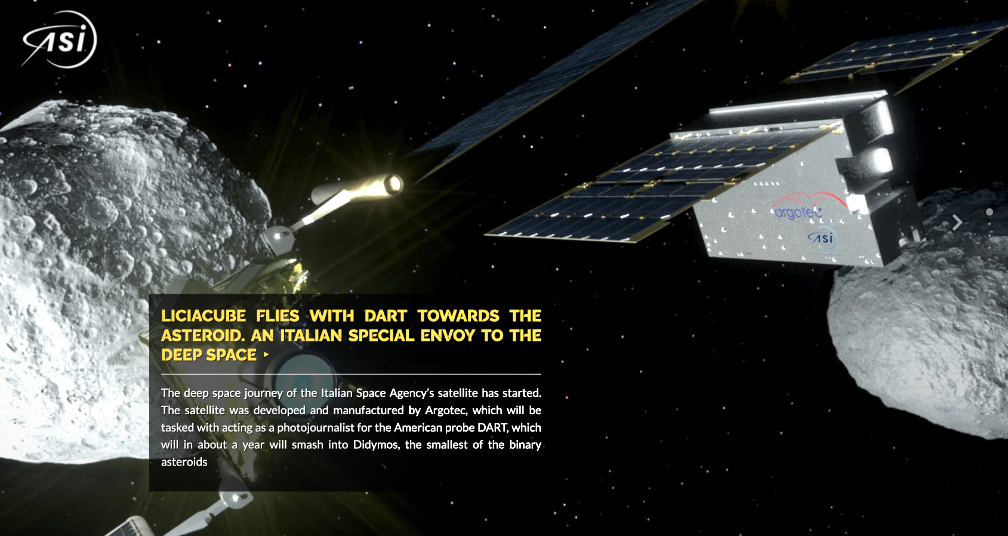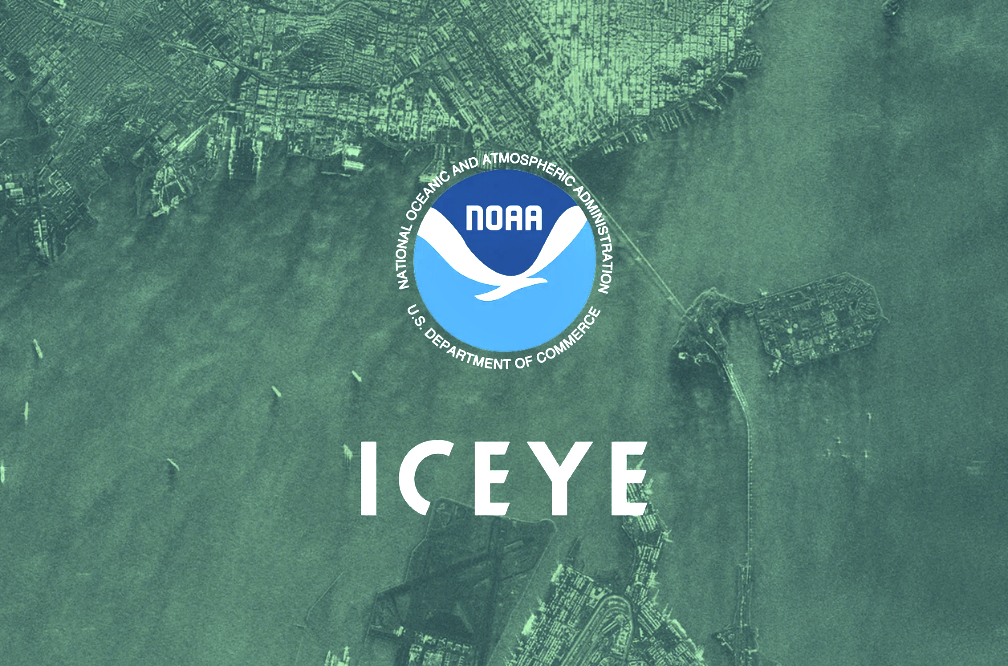
ICEYE has successfully launched two new SAR satellites into orbit — the launch included the first satellite built, licensed and operated by ICEYE US.
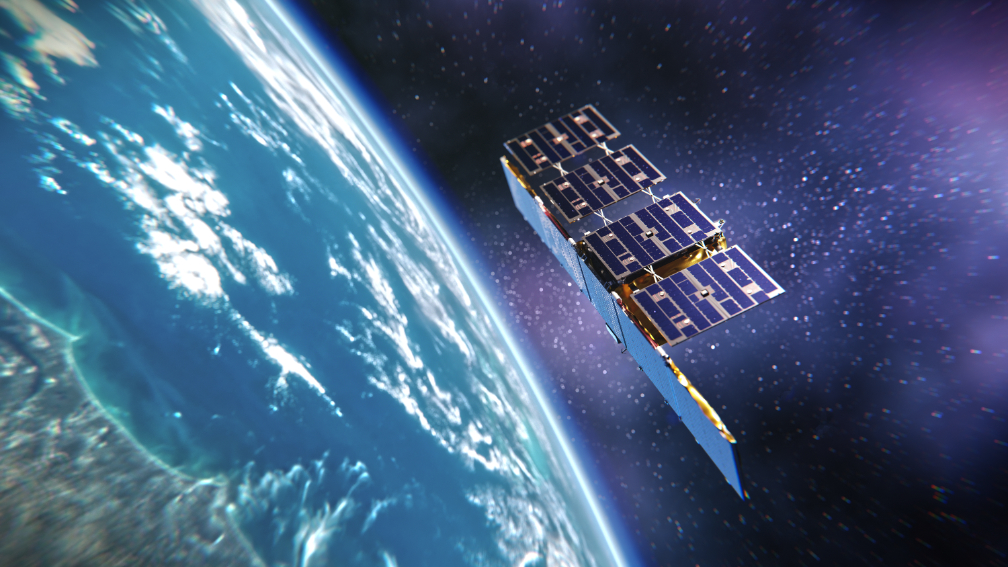
Both satellites were launched on the SpaceX Transporter-3 smallsat rideshare mission with Exolaunch from Cape Canaveral, Florida. Communication has successfully been established with each spacecraft. In total, ICEYE has now deployed 16 satellites since 2018, including both commercial and dedicated customer missions.
ICEYE’s constellation is designed to provide customers with reliable and frequent imagery enabling the rapid detection and tracking of changes on the Earth’s surface, regardless of time of day, or weather conditions. This capability is ideally suited for applications such as insurance, natural catastrophe response and recovery, national security, defense, humanitarian relief and climate change monitoring.
ICEYE US is a subsidiary of ICEYE with its headquarters located in Irvine, California. The newly launched ICEYE US satellite is licensed by the National Oceanic and Atmospheric Administration (NOAA) and will be operated and controlled exclusively from the company’s 24/7 Mission Operations Center (MOC) in Irvine, California.
For 2022, ICEYE US plans to grow the team based in its U.S. headquarters and open an office in the Washington D.C. area to better serve regional customers. In addition, the company plans to increase the number of spacecraft built in Irvine this year. Last November, ICEYE US announced it had joined a cooperative research and development agreement (CRADA) with the U.S. Army’s Space and Missile Defense Technical Center (SMDTC) to advance state-of-the-art Earth Observation (EO) technology in support of U.S. Army missions.
“Expanding our fleet is an important step in better serving our global customers and empowering our advancements in machine learning and artificial intelligence relating to SAR technologies,” said Rafal Modrzewski, CEO and Co-founder of ICEYE. “The new satellites add critical capability to the ICEYE constellation which translates to additional solutions and deeper analytics for our customers.”
“The ICEYE US team continues its rapid progress,” said Jerry Welsh, CEO of ICEYE US. “The launch of our first U.S. built and licensed satellite is a key milestone as we grow our U.S. operations and customer base.”
ICEYE delivers unmatched persistent monitoring capabilities for any location on earth. Owning the world’s largest synthetic-aperture radar constellation, the company enables objective, data-driven decisions for its customers in sectors such as insurance, natural catastrophe response and recovery, security, maritime monitoring and finance. ICEYE’s data can be collected day or night, and even through cloud cover.

